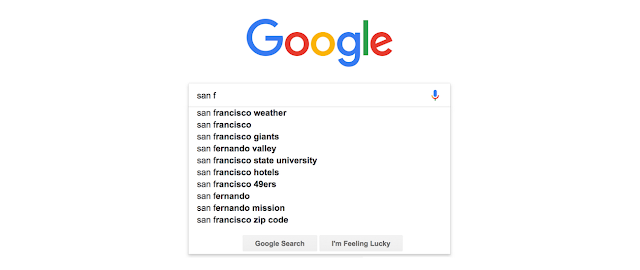Top 10 Automation Testing Tools for Web Testing

In this swiftly changing world, technology and tools are changing rapidly. But still there are few tools which are in the market from so long and performing so well and are in my list. I am sharing my list of top 10 automation testing tools with you. 1. SELENIUM WEBDRIVER Selenium automates browsers. That's it! What you do with that power is entirely up to you. Primarily, it is for automating web applications for testing purposes, but is certainly not limited to just that. Boring web-based administration tasks can (and should!) be automated as well. Features: Selenium is free of cost. Selenium only supports Web automation. Selenium requires coding skills. Selenium supports many languages like Java, Python, PHP, C#, Ruby, Perl etc. Selenium supports all platforms, Windows, Linux, Mac. Selenium supports almost every browser like Chrome, FF, Safari, Opera, IE and their versions. It gives the flexibility to integrate Java or Python modules, other automation





.png)







